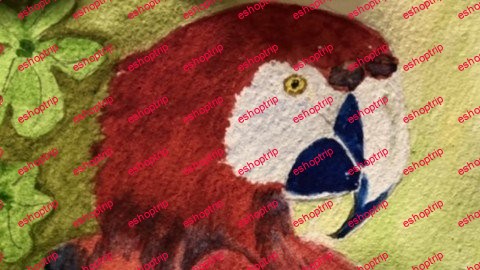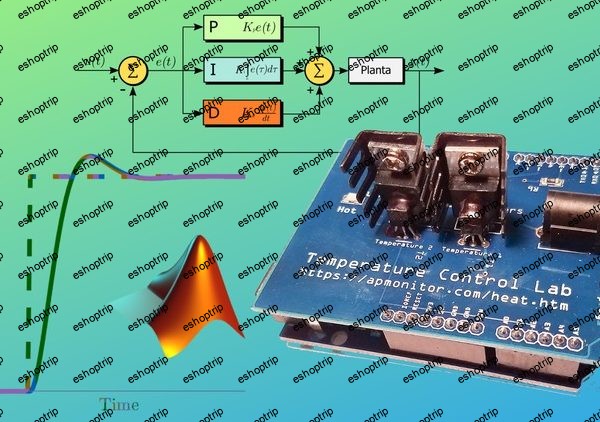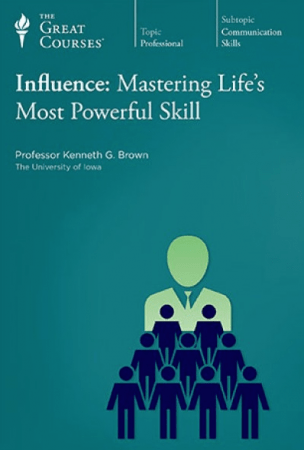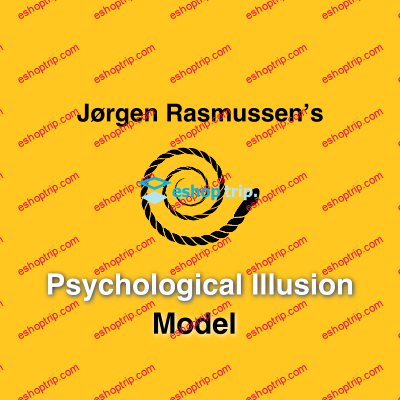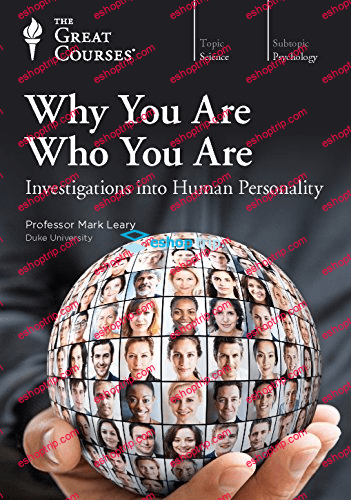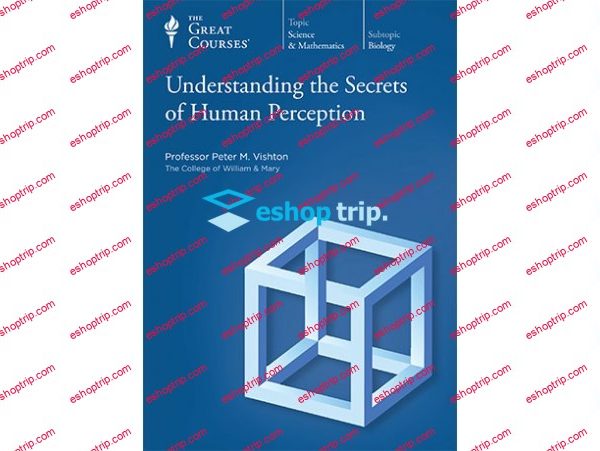Published 1/2024
MP4 | Video: h264, 1920×1080 | Audio: AAC, 44.1 KHz
Language: English | Size: 7.97 GB | Duration: 3h 35m
Animal Assisted Art Therapy (AAAT)
What you’ll learn
How animals assist in Art Therapy
How to use pets in Art Therapy
How to use animals found in the countryside for Art Therapy
Specific art therapy techniques using animals
How humour, a duck and art therapy can go together!
Requirements
Art materials
A willingness to do exercises and then participate in the Q/A
Description
This is a course about using animals to assist in art therapy.But why use animals?There are many reasons and these are discussed in the course. They include:Non-Judgmental Presence: Animals provide a non-judgmental and accepting presence, which can create a safe and supportive environment for clients to express themselves creatively without fear of criticism.Stress Reduction: Interacting with animals has been shown to reduce stress levels. The presence of an animal during art therapy can help clients feel more relaxed and calm, which can facilitate the therapeutic process.Enhanced Engagement: Animals can help to engage clients who might otherwise be reluctant to participate in therapy. The presence of an animal can be a motivating factor that encourages clients to attend sessions and engage with the therapeutic process.Increased Comfort: For individuals who struggle with social interactions, animals can serve as social lubricants, making it easier for them to open up and communicate with the therapist.Emotional Support: Animals can provide emotional support and companionship, which can be particularly beneficial for clients dealing with emotional trauma, depression, or anxiety.Improved Mood: Interacting with animals can increase levels of oxytocin, a hormone associated with happiness and bonding. This can help lift a client’s mood and create a more positive atmosphere for art therapy.And there are more.But that doesn’t tell you why to enrol. Anyone can just google ‘AAAT’ and get similar reasons to those.This course (shot in beautiful countryside) uses LOCAL animals to prompt you to carry out animal art therapy exercises. These are animals you most probably see every day such as:pigeonsharesbirdsmicemagpiescatsdogsstoatrobinsOK maybe not all of them but as the course uses footage of such animals shot locally, you’ll be able to use these videos and exercises in art therapy for yourself or for others.Oh yes, there’s also a duck used for art therapy assistance.The lectures are serious – but do have their funny bits!
Overview
Section 1: Introduction
Lecture 1 Introduction
Section 2: Who? How? Why?
Lecture 2 AAT and Art Therapy
Lecture 3 Cats and Dogs
Lecture 4 Learning from Animals – pt 1
Lecture 5 Learning from Animals – pt 2
Lecture 6 How to incorporate
Lecture 7 Which animals to incorporate?
Lecture 8 Techniques
Lecture 9 Specific Art Therapy Techniques
Lecture 10 Different Populations
Section 3: The Exercises
Lecture 11 Introduction
Lecture 12 Magpies
Lecture 13 Pigeons
Lecture 14 Stoat
Lecture 15 Duck
Lecture 16 Hares
Lecture 17 Mouse
Lecture 18 Robins
Lecture 19 Country Drive
Lecture 20 Birds in slow motion
Section 4: Conclusion
Lecture 21 Conclusion
Pet owners interested in Art Therapy,Animal lovers wanting to learn about art therapy,Therapists who use pets in art therapy,Nature lovers who wish to apply what they see to art therapy,Anyone with a sense of humour
Homepage
https://anonymz.com/?https://www.udemy.com/course/animals-art-and-therapy/
